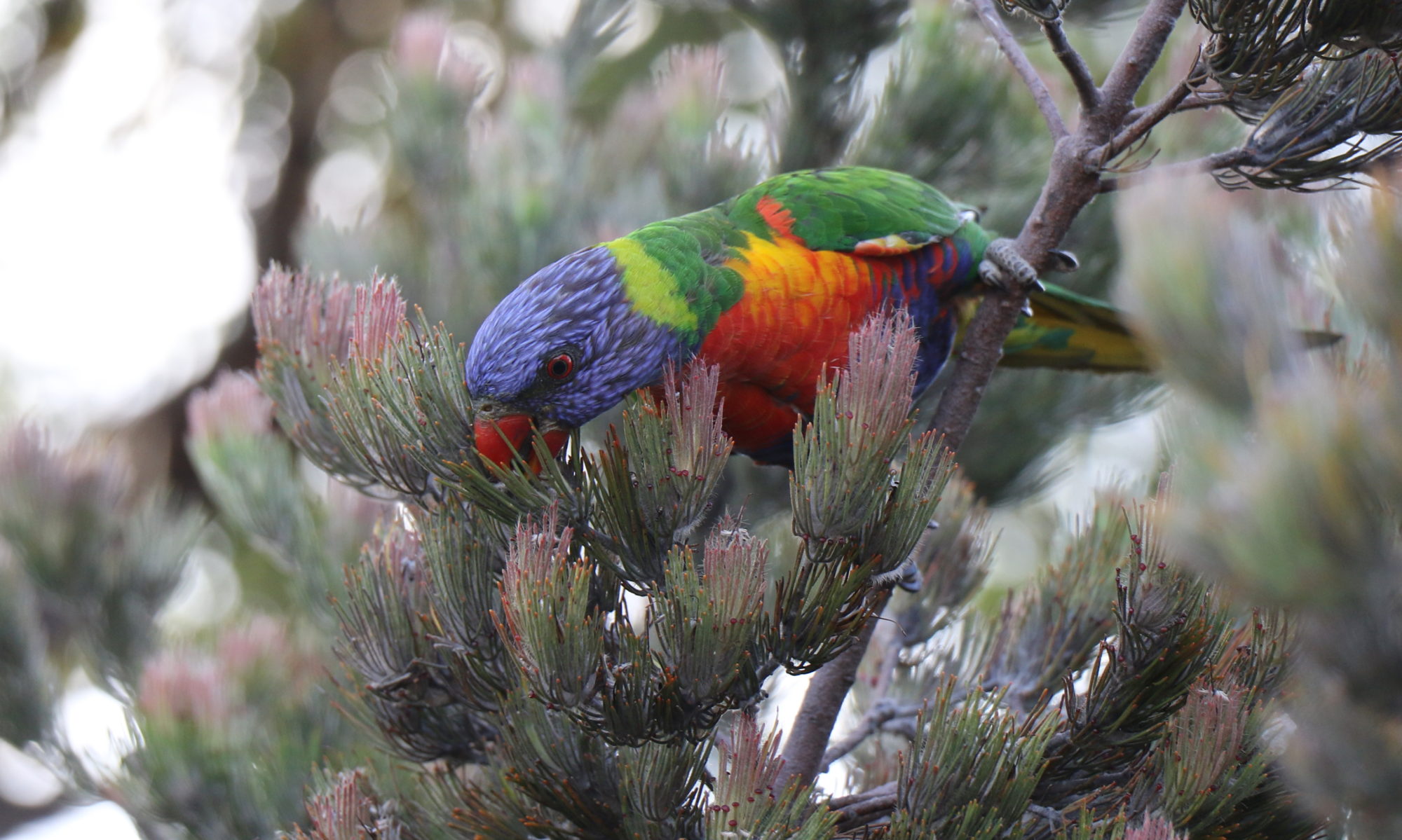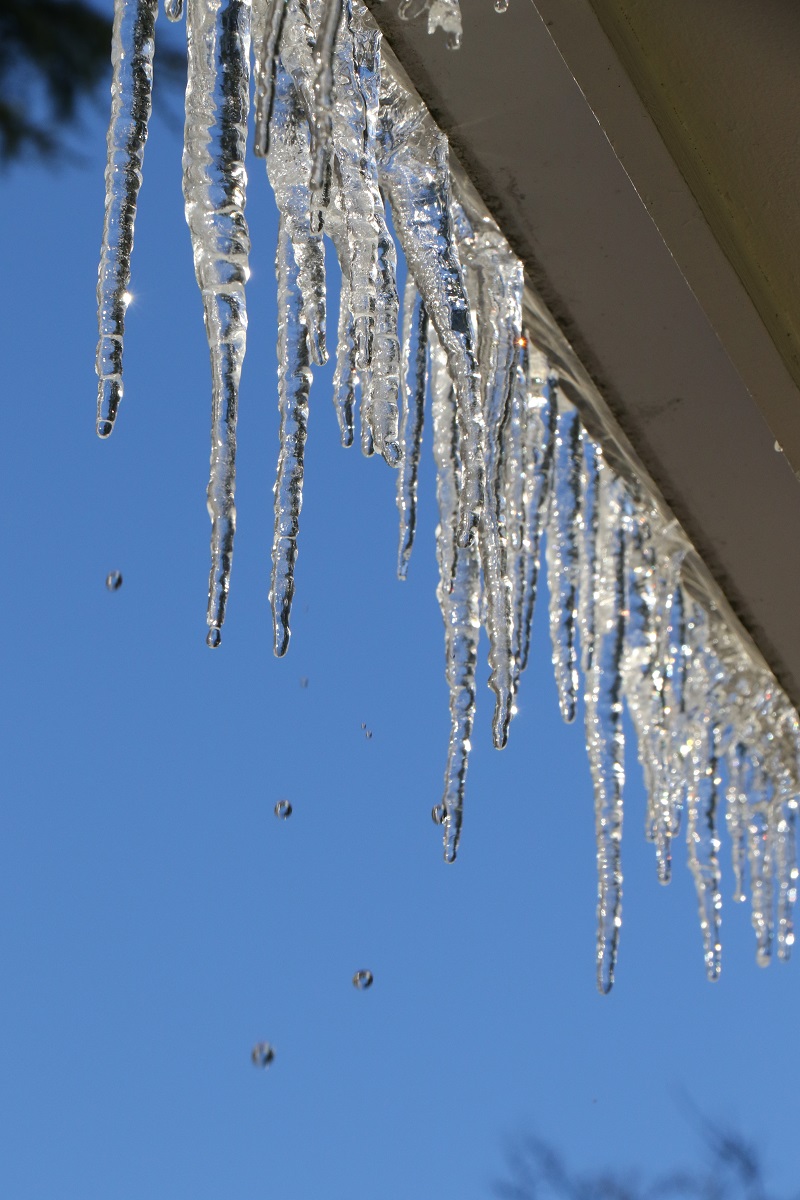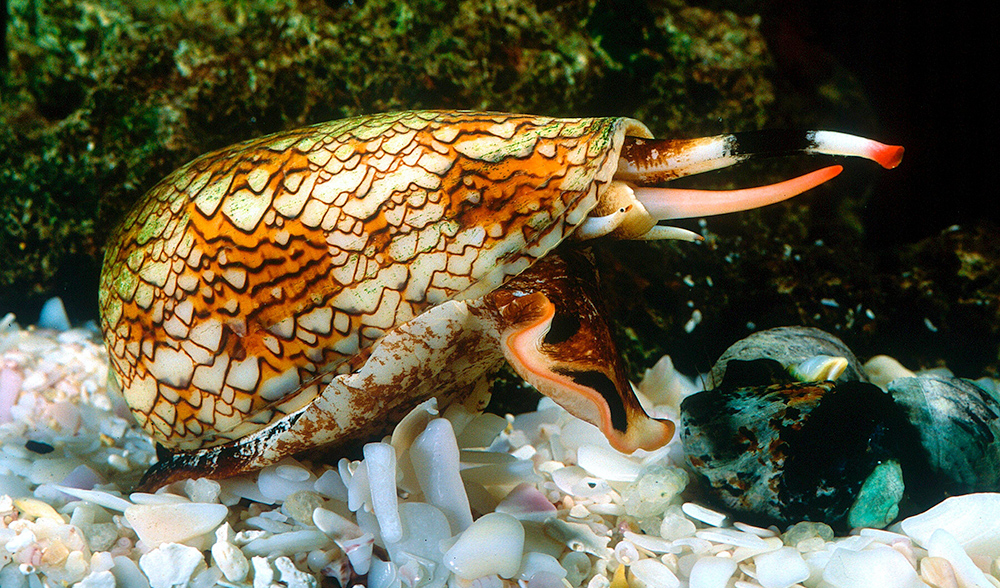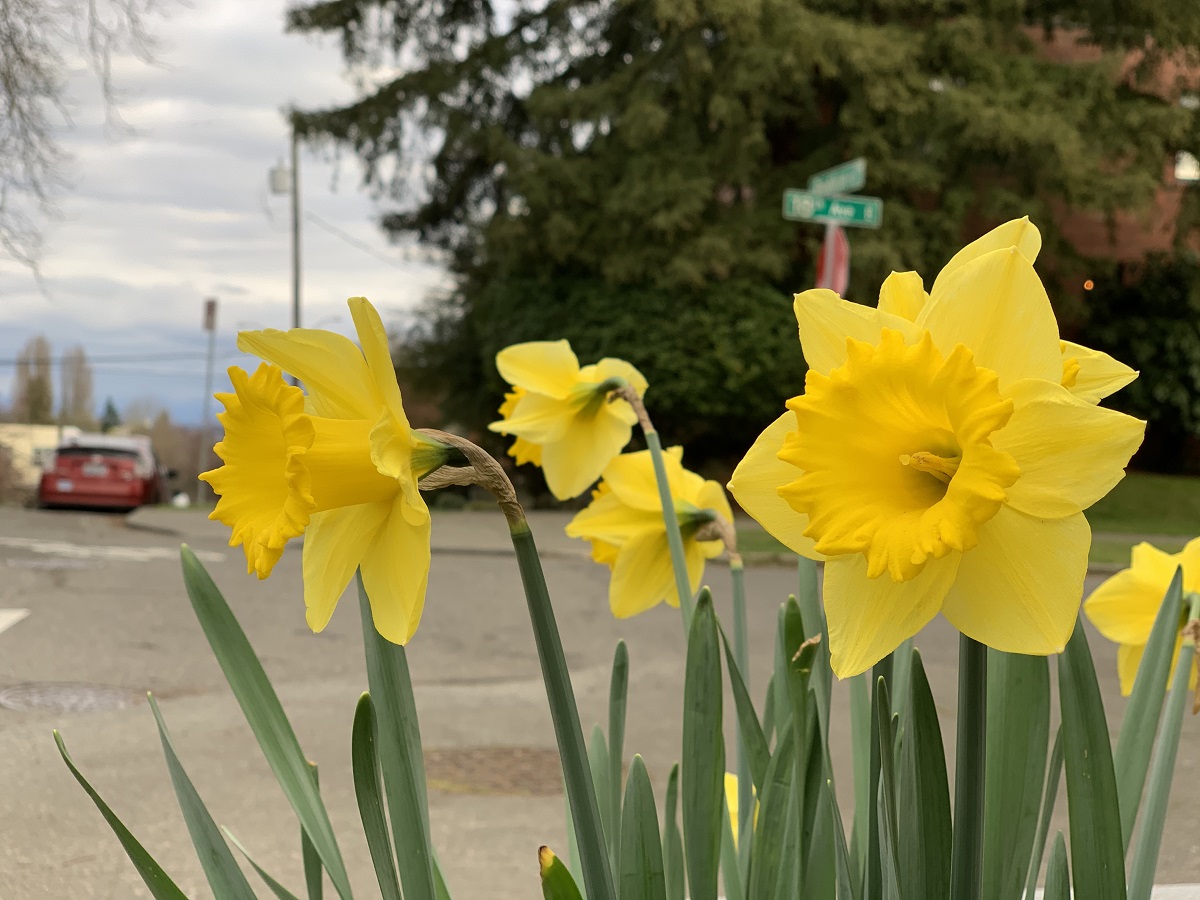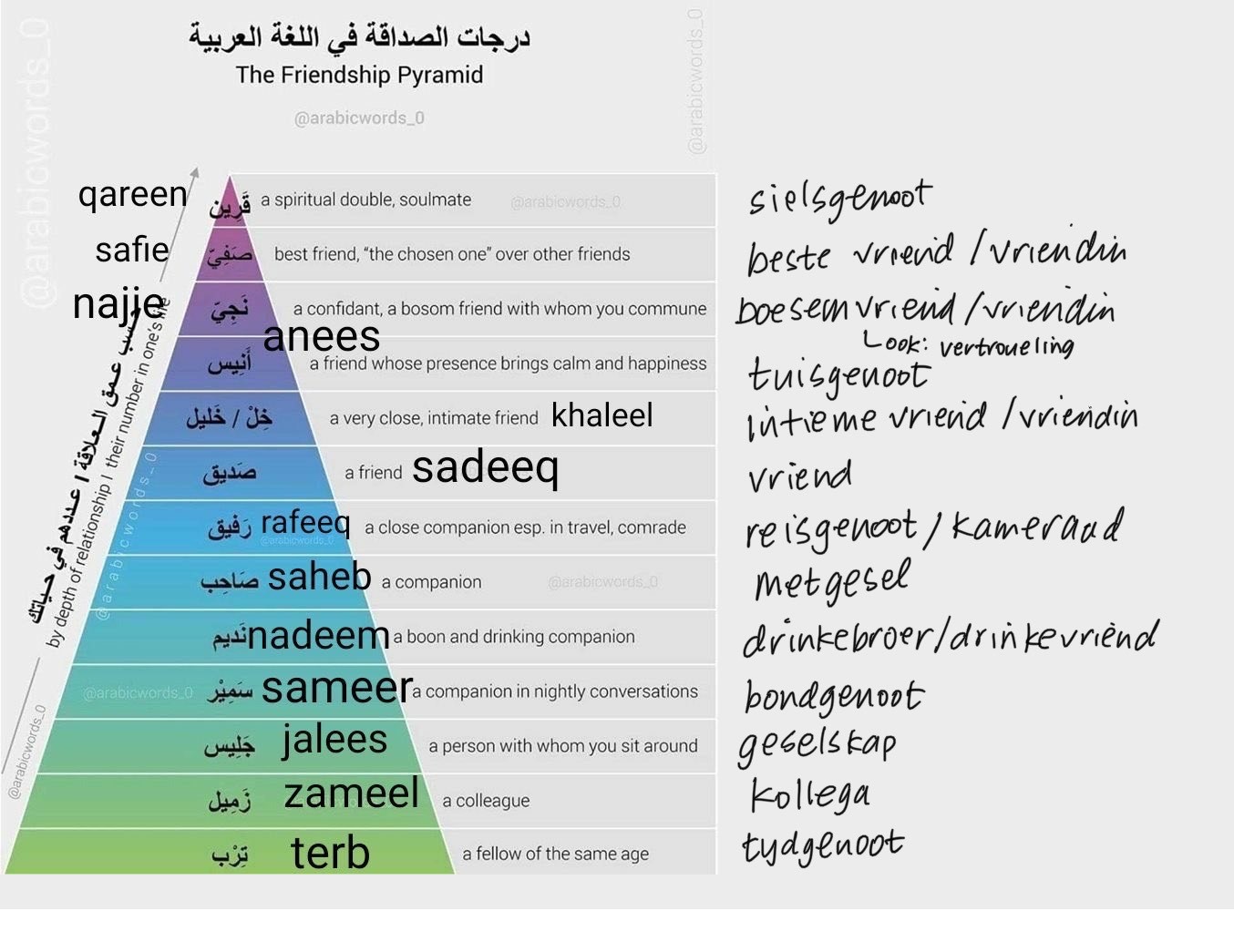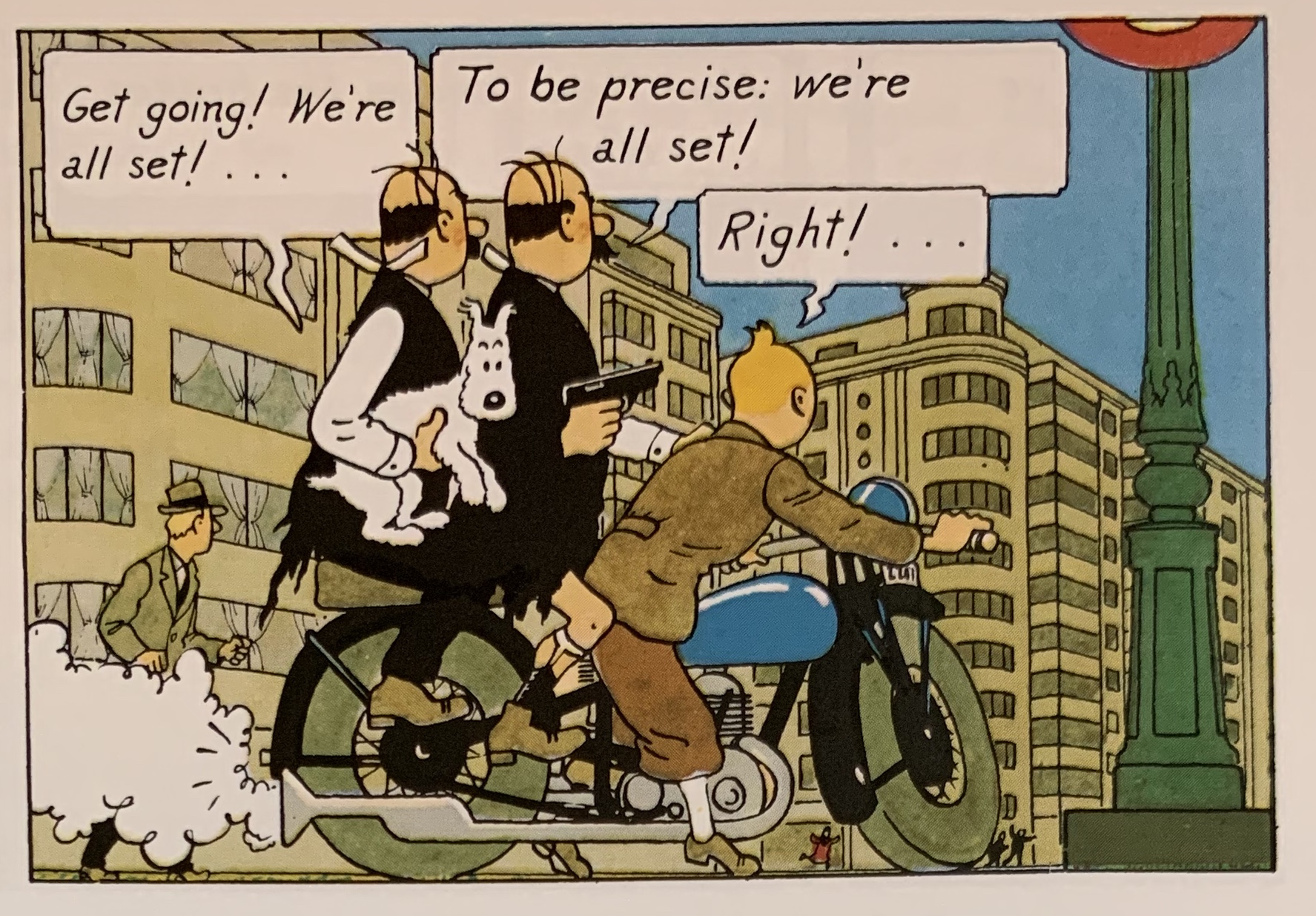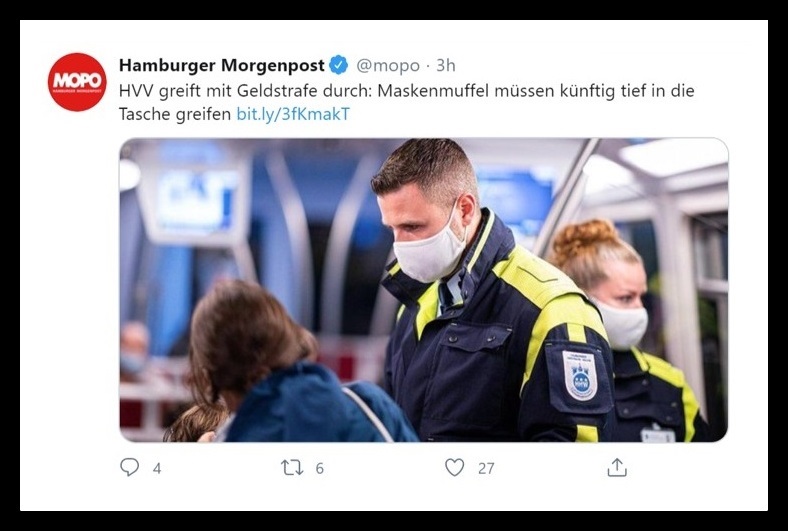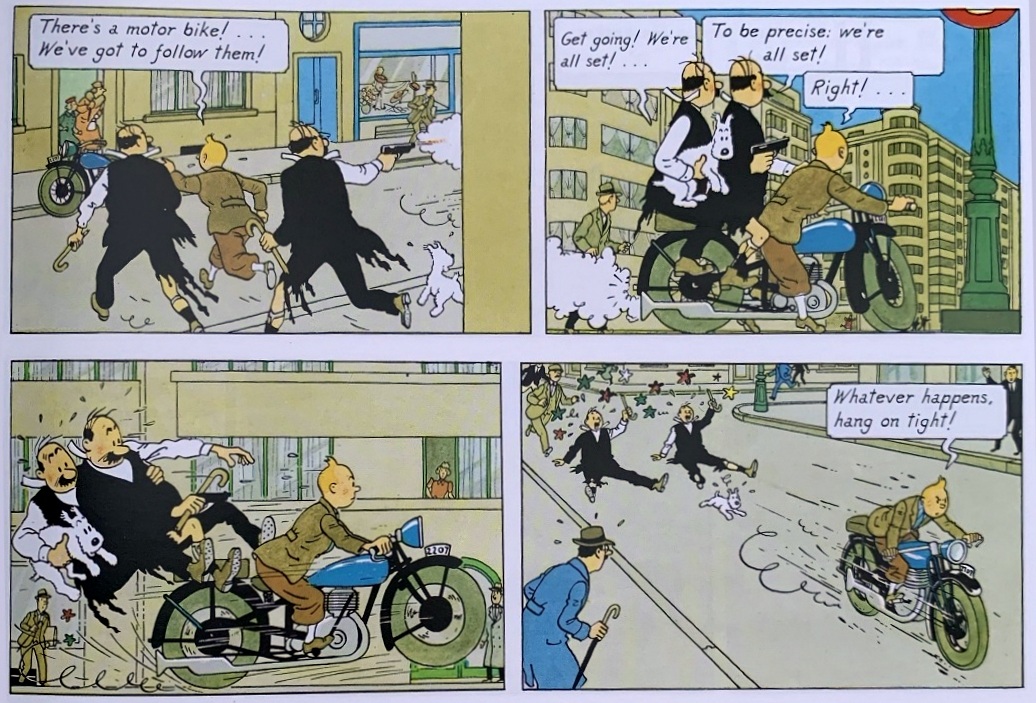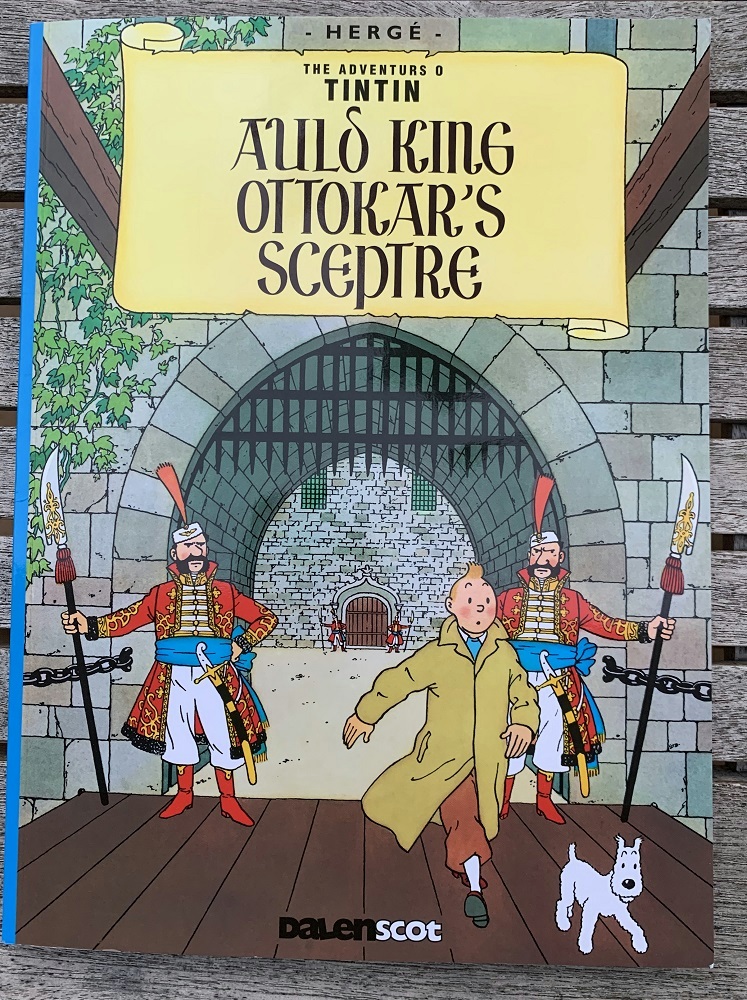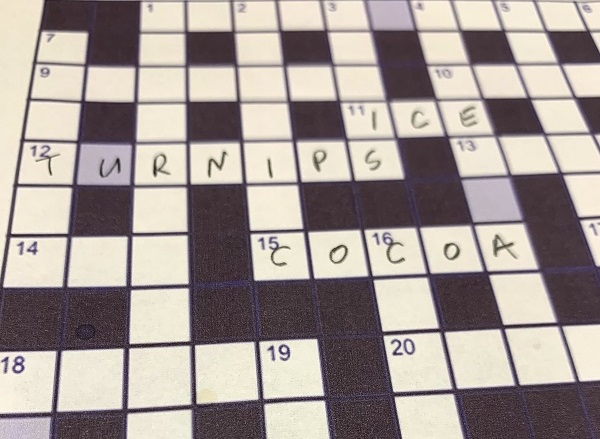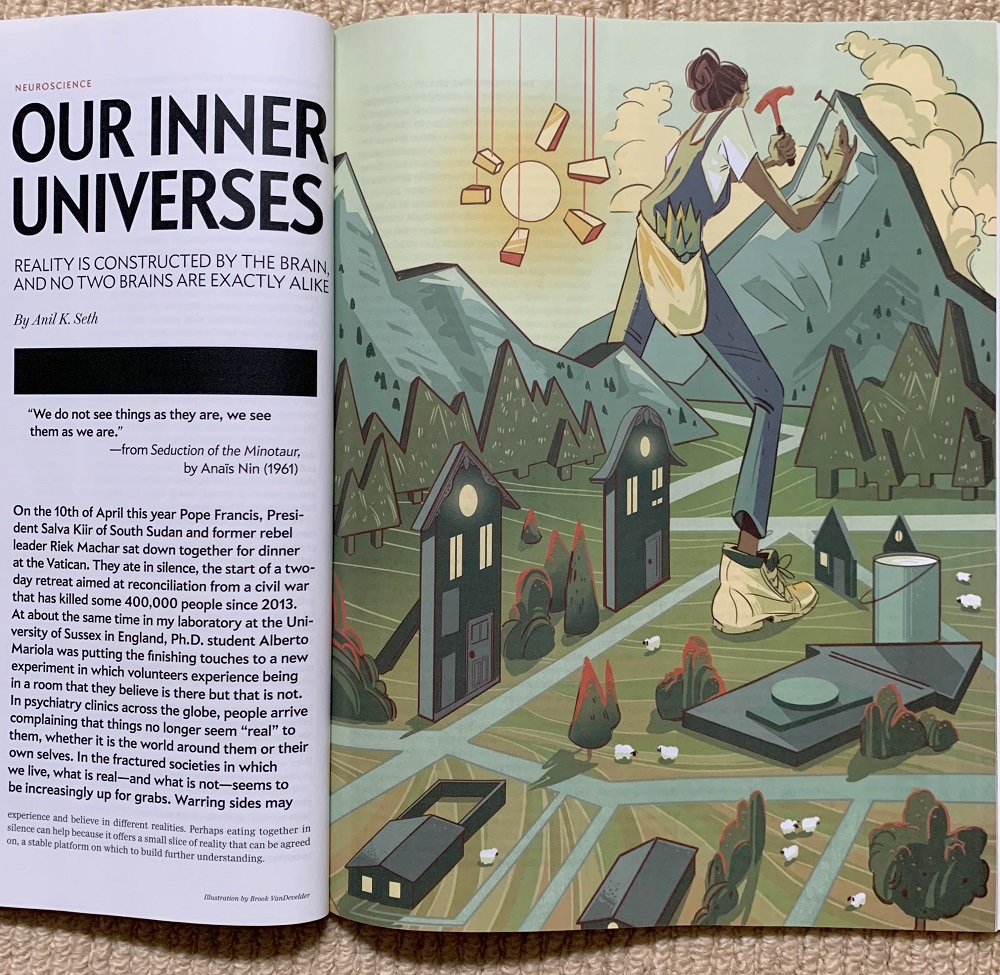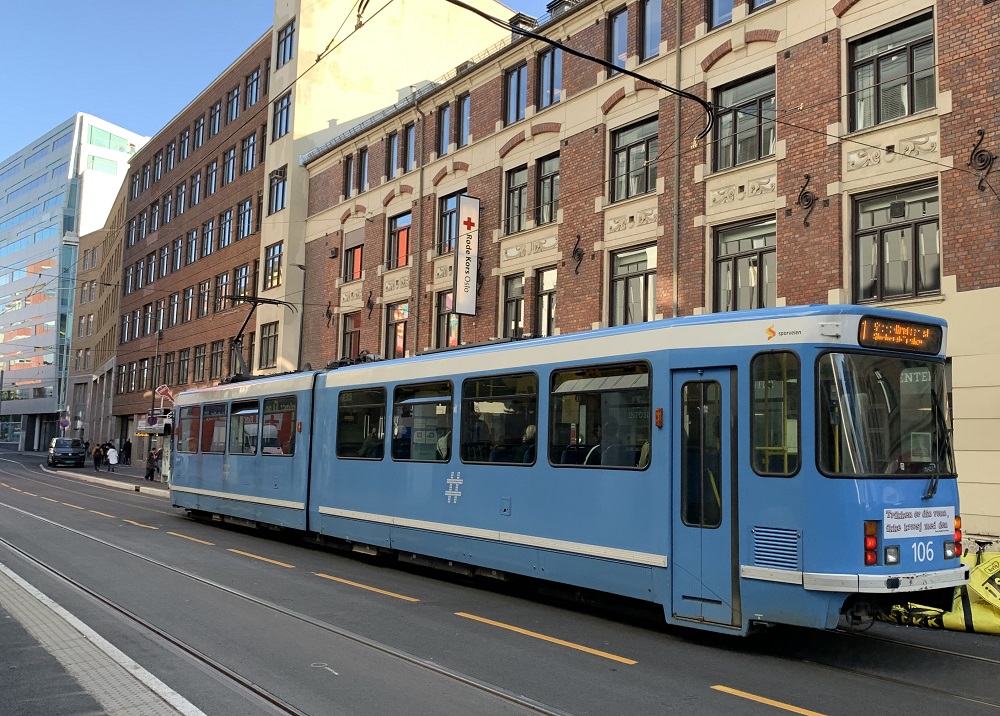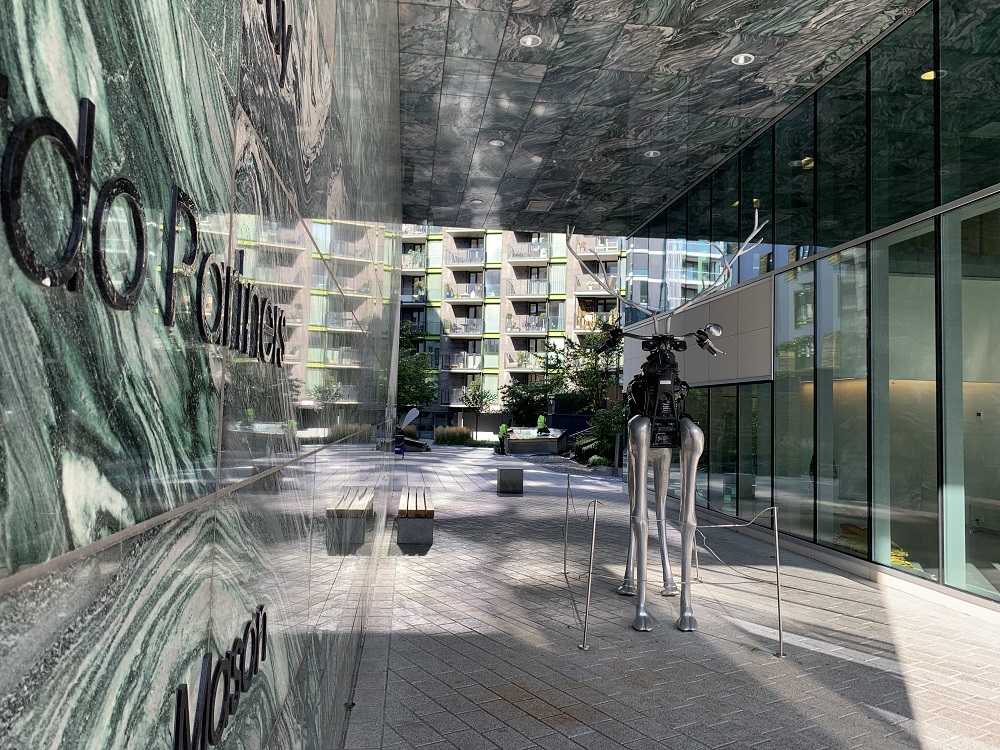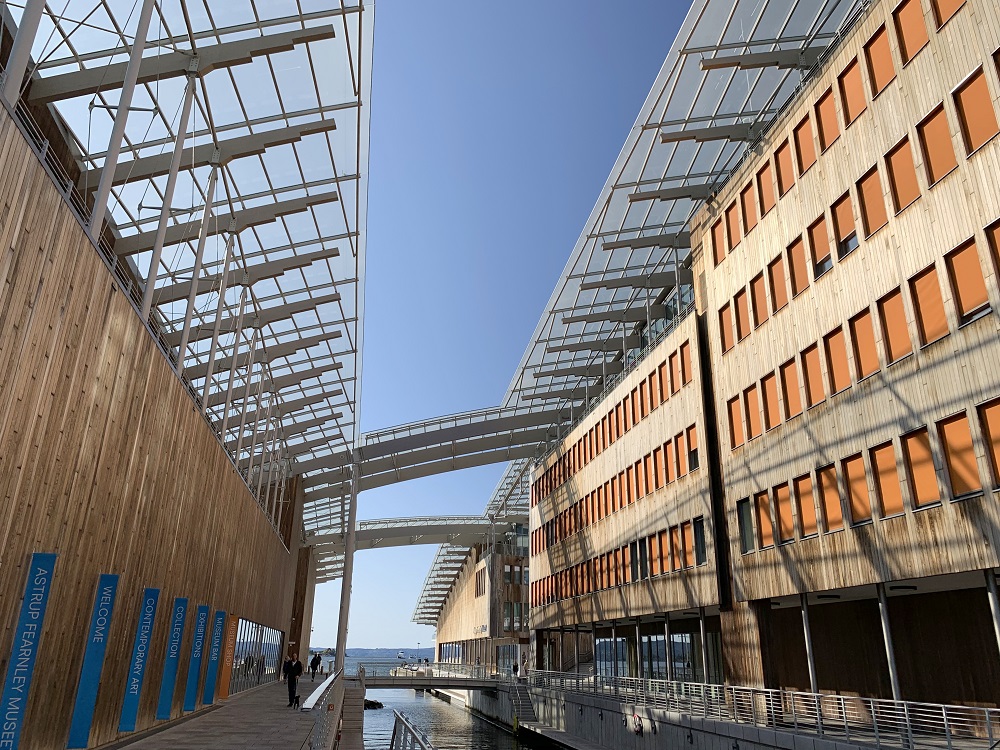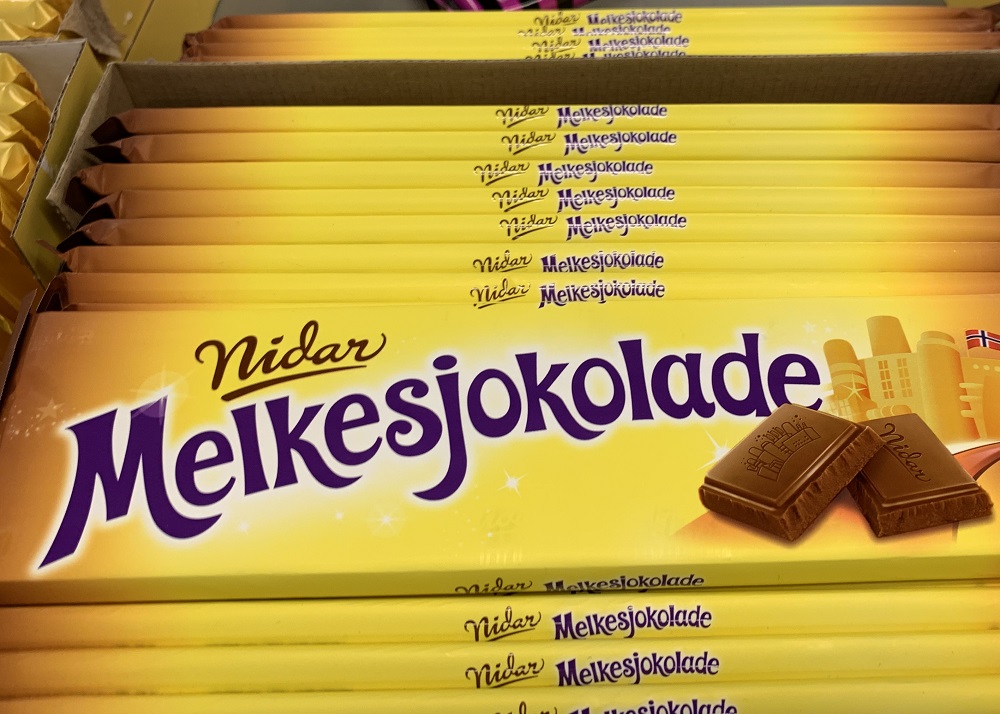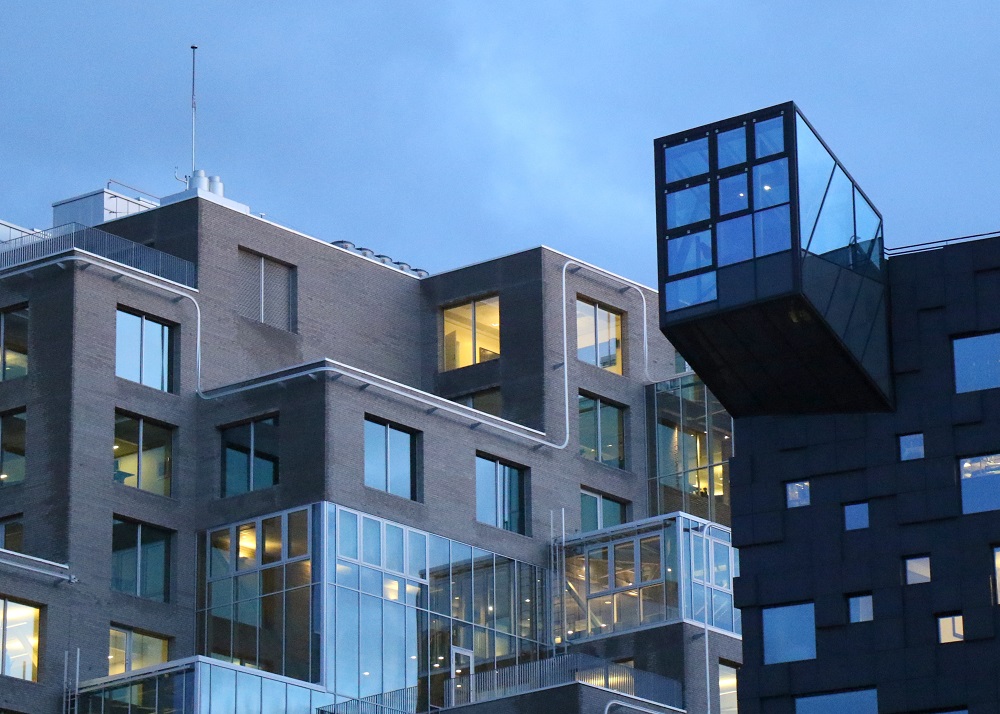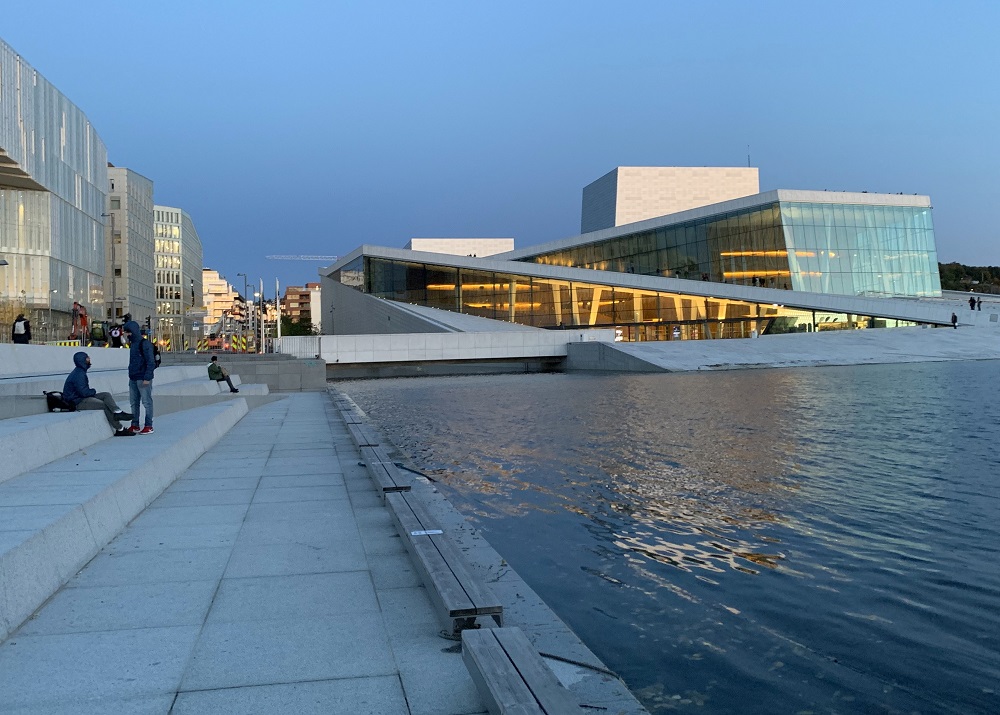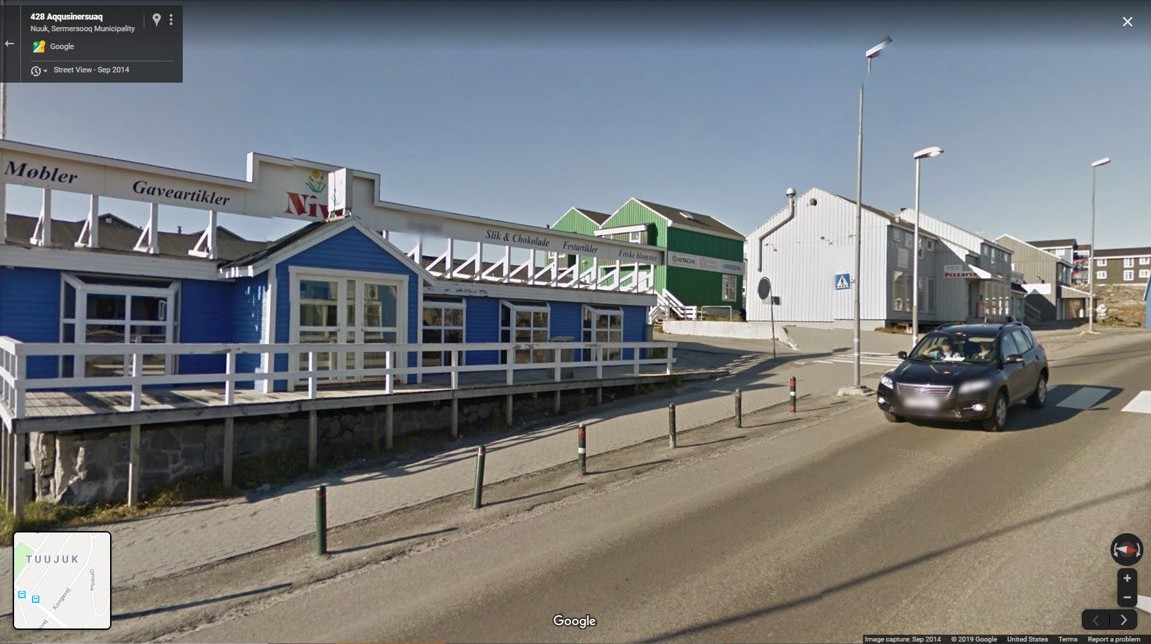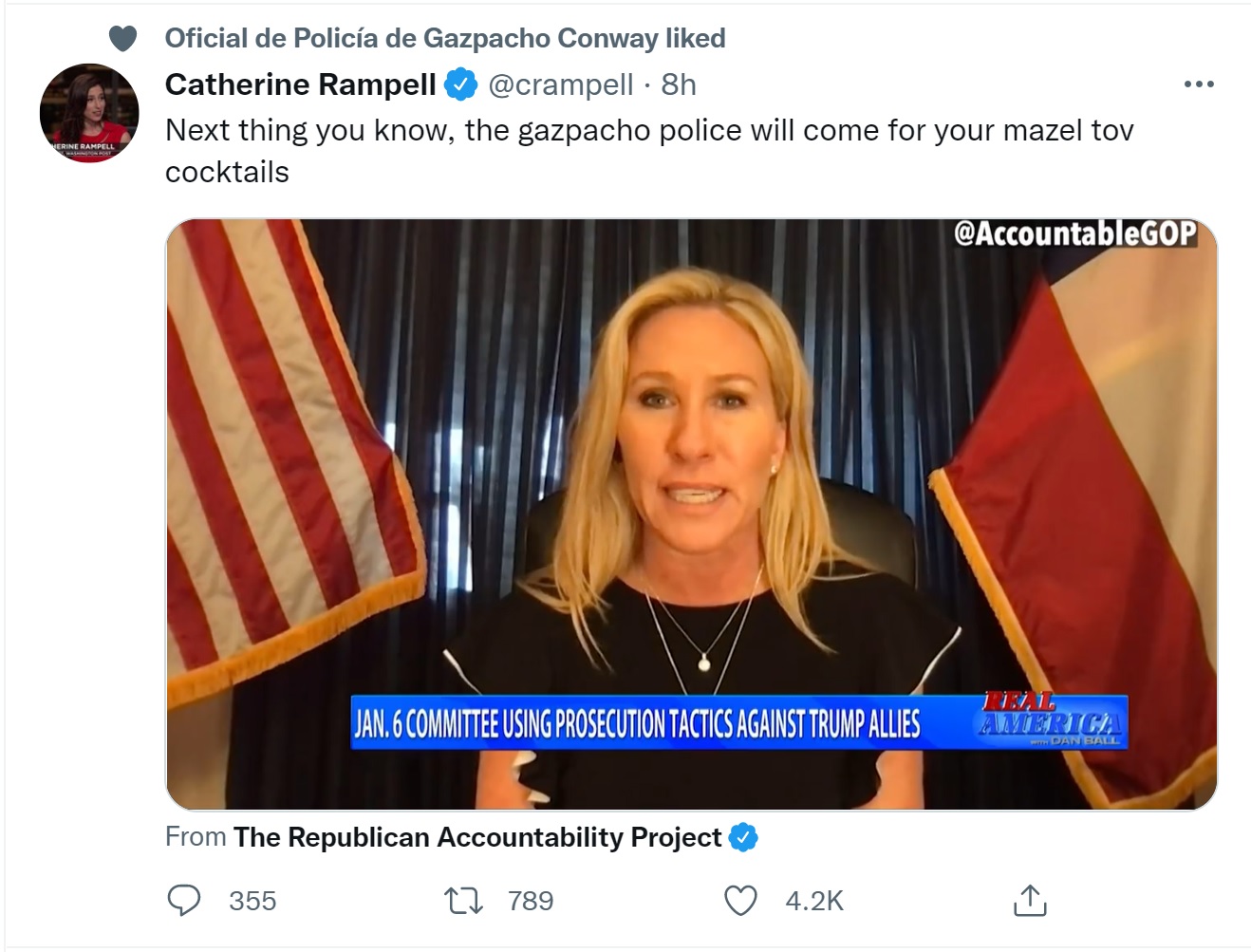
New: House Republican Marjorie Taylor Greene is railing against Pelosi’s “gazpacho police” — intending to refer to the Nazi Gestapo, itself a nonsense comparison, but instead referring to a cold tomato soup.
-Hugo Lowell @hugolowell on Twitter
Just to clear things up, @RepMTG
Gazpacho: a vegetable-based Spanish cold soup
Gestapo: Nazi Germany’s secret police
-The Republican Accountability Project @AccountableGOP
With the Gazpacho Police, every crime is a cold case
-Adam Blickstein@ AdamBlickstein
I hope all you Progressos out there are having a fun time
-George Conway aka Oficial de Policía de Gazpacho Conway @gtconway3d
I’ve met some members of the gazpacho police. They are consommé professionals.
-Danielle Decker Jones @djtweets
The Gazpacho Police have just chopped an unarmed tomato.
-Wajahat Ali@ WajahatAli
It won’t be funny when the Gazpacho police give you the burp walk.
-JoeReynoldsChief @JoeReynolds2020
Marjorie Taylor Greene, in condemning the harsh conditions facing the insurrectionists arrested on January 6, is comparing what they’re experiencing to what she read in Solzhenitsyn’s monumental work The Goulash Archipelago*.
-Peter Wehner @Peter_Wehner
*Greene contended that Washington DC jails are ‘DC gulags’.
The Gulag Archipelago: An Experiment in Literary Investigation (Russian: Архипелаг ГУЛАГ, Arkhipelag GULAG) is a three-volume non-fiction text written between 1958 and 1968 by Russian writer and Soviet dissident Aleksandr Solzhenitsyn. It was first published in 1973, and translated into English and French the following year. It covers life in what is often known as the Gulag, the Soviet forced labor camp system, through a narrative constructed from various sources including reports, interviews, statements, diaries, legal documents, and Solzhenitsyn’s own experience as a Gulag prisoner.
